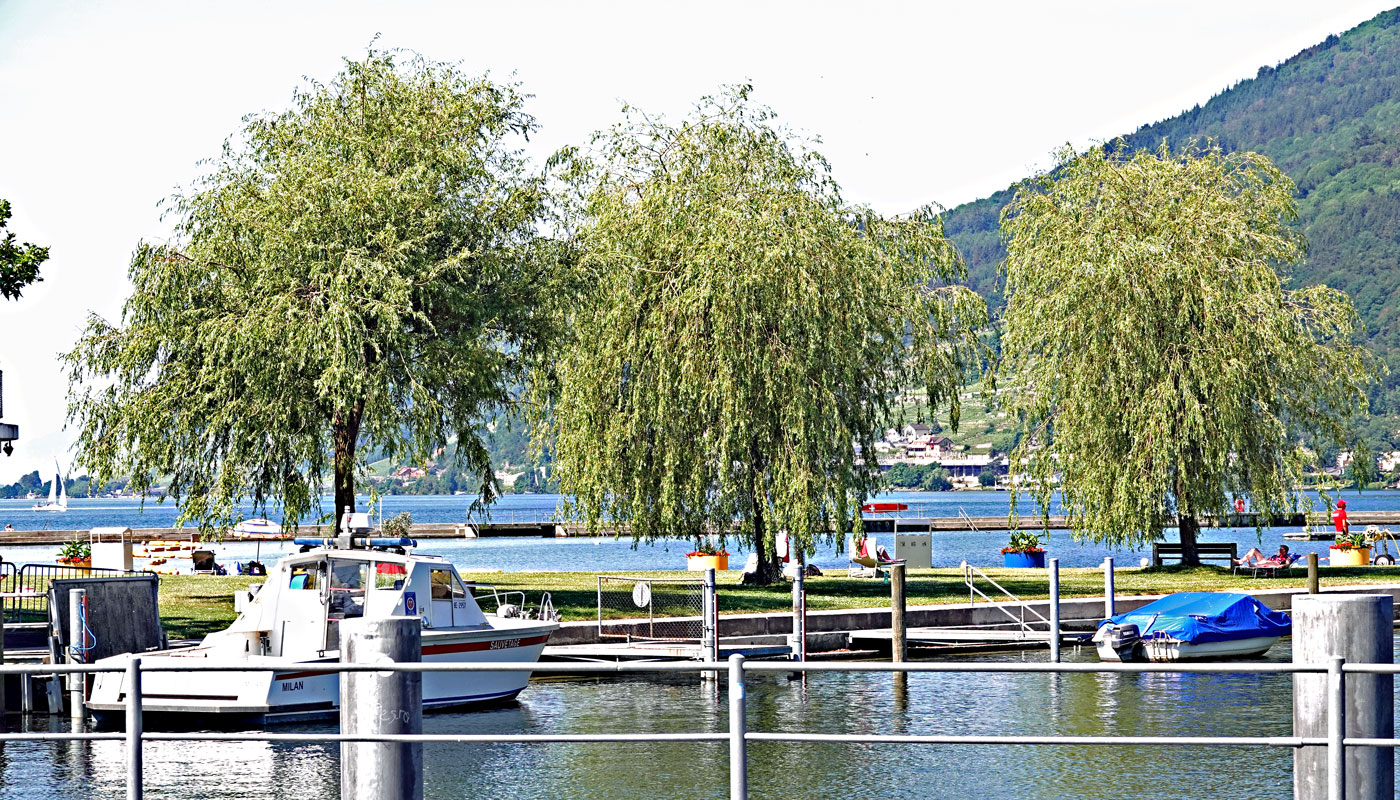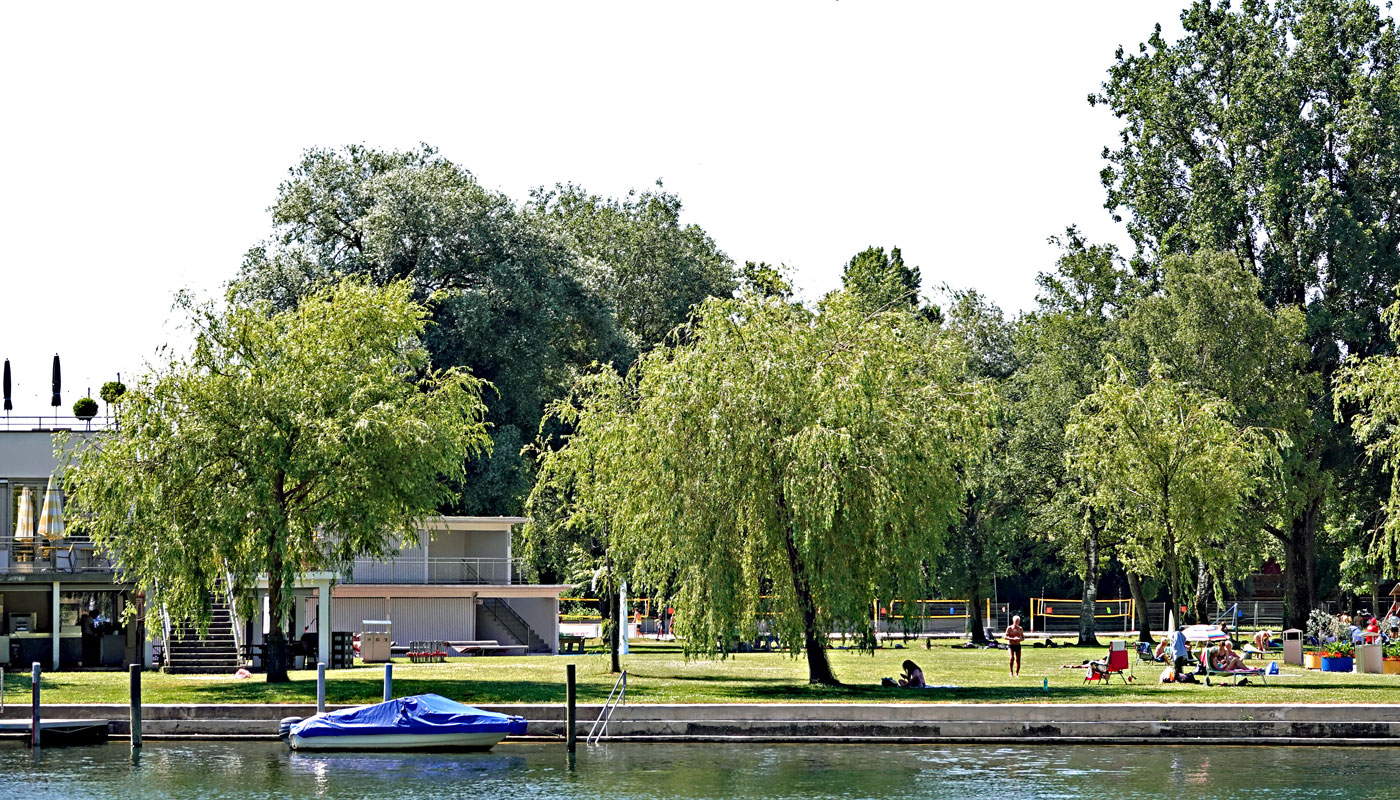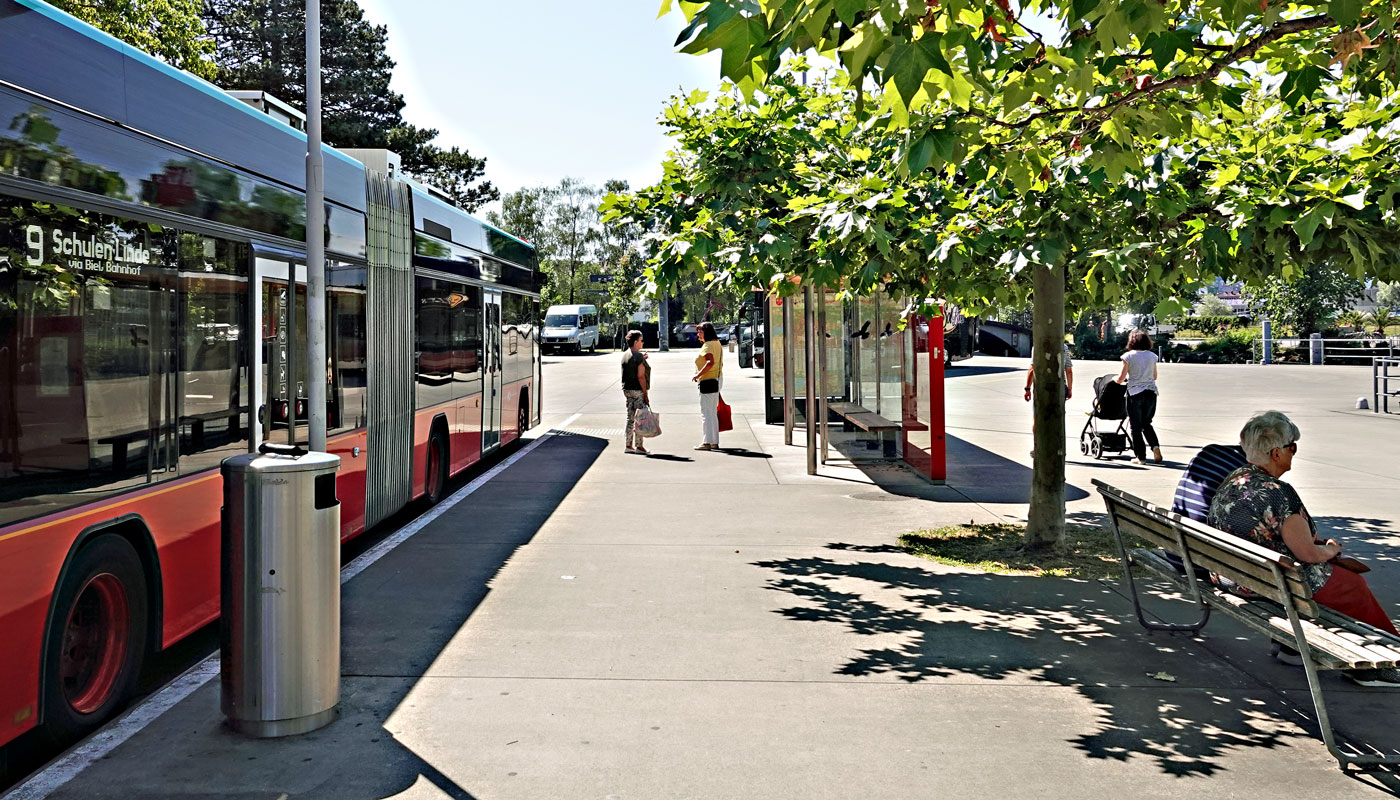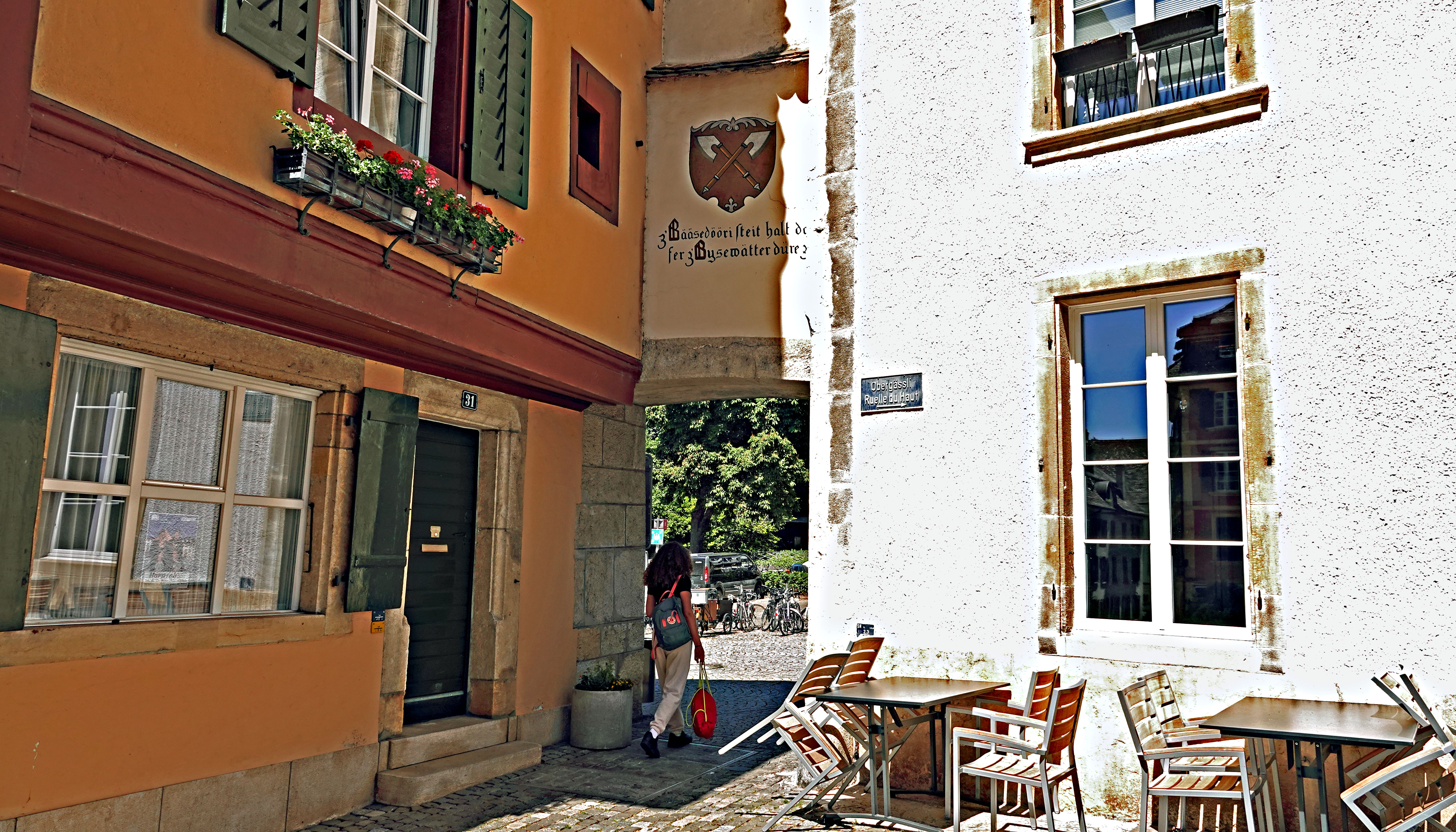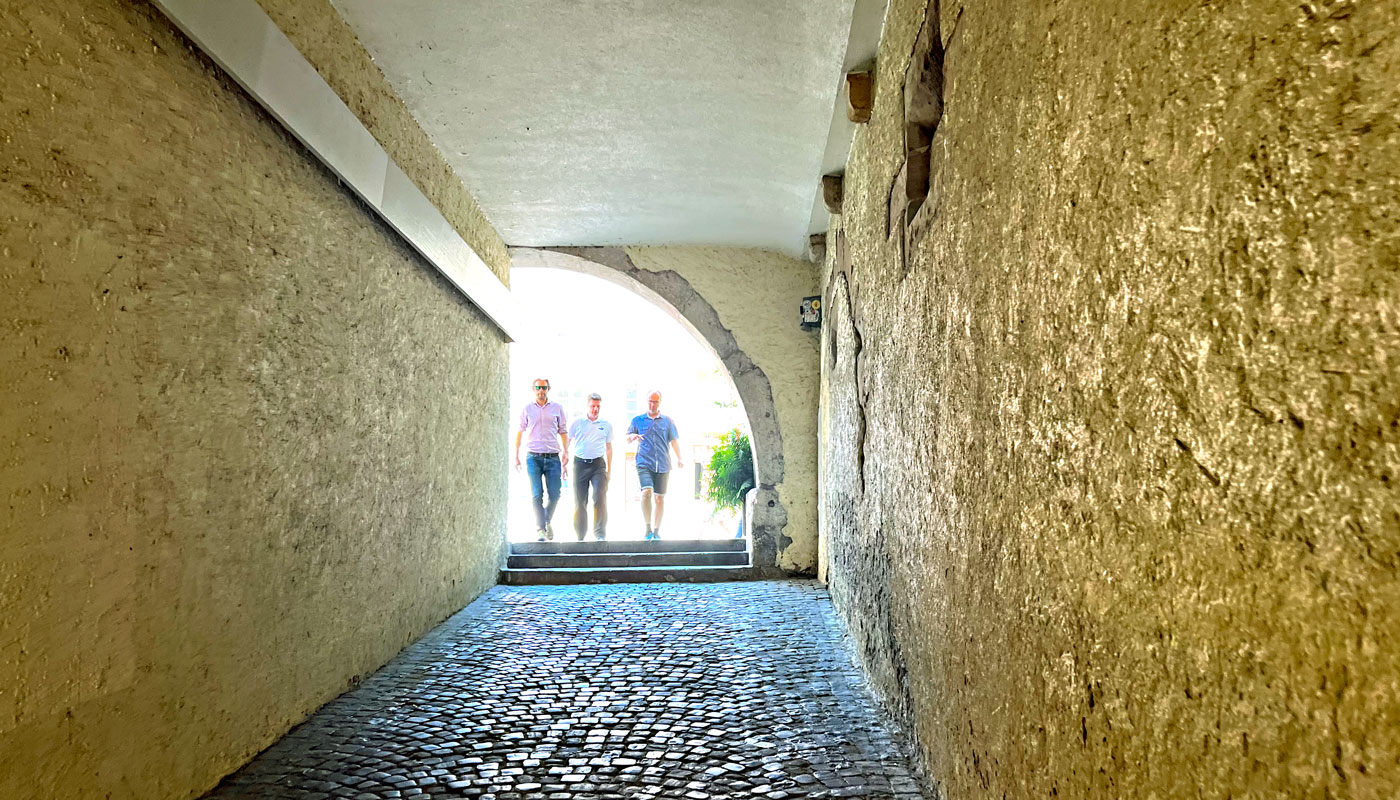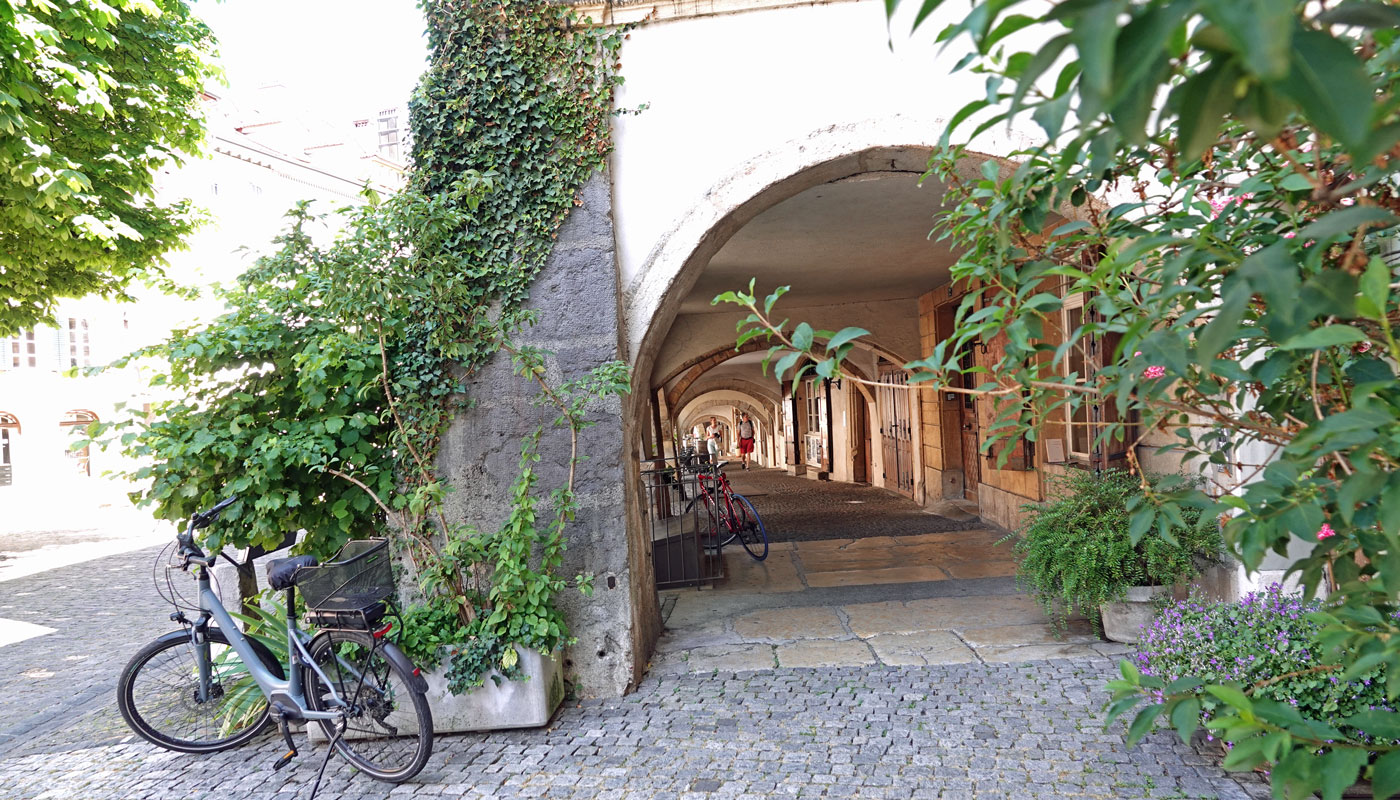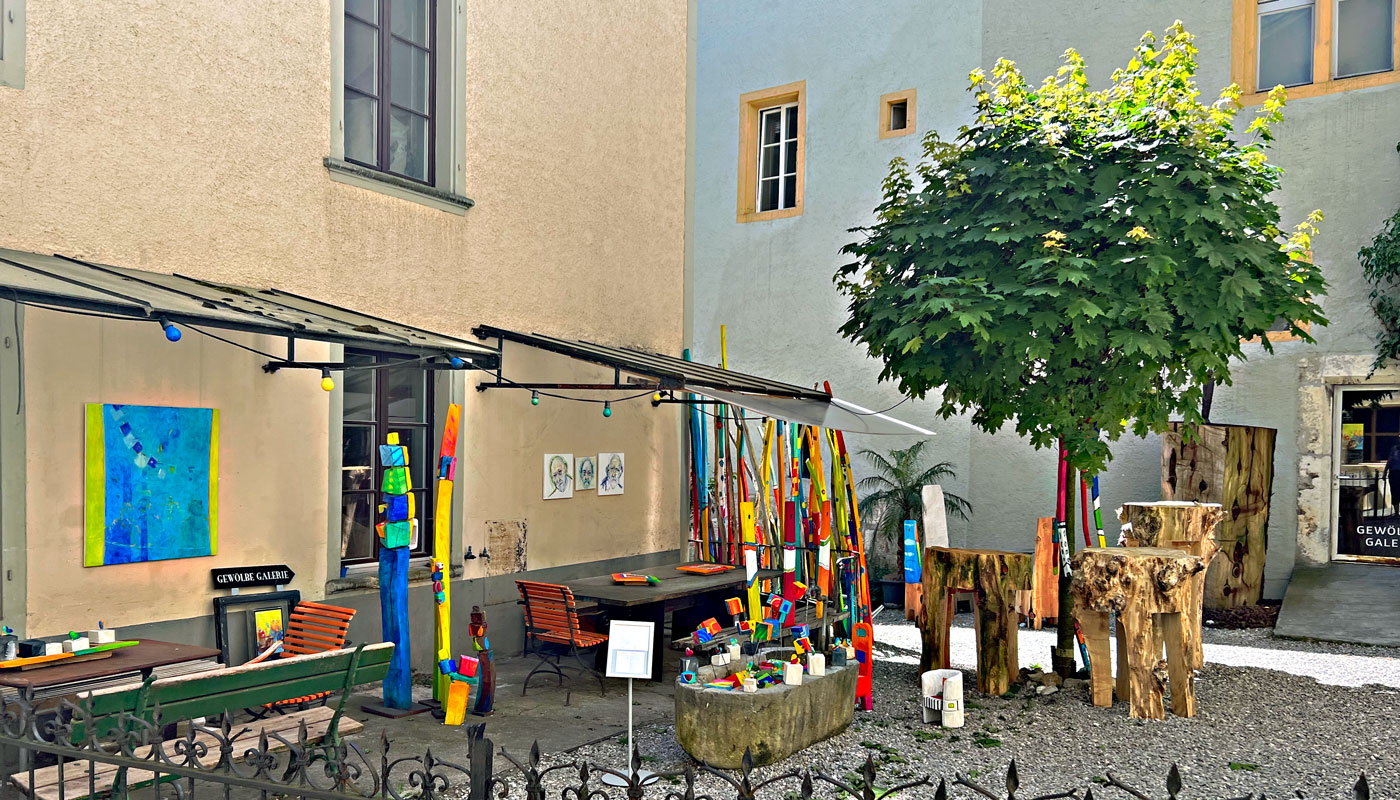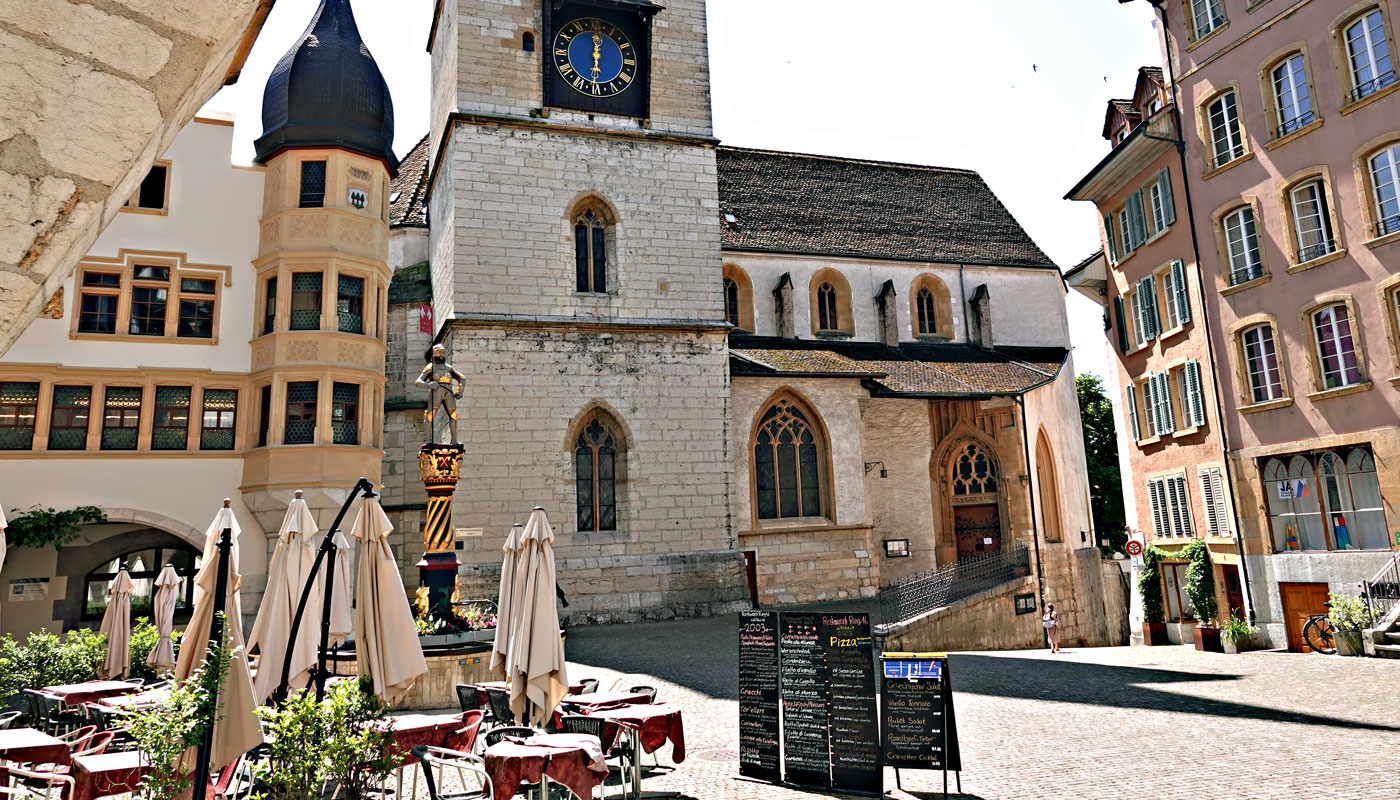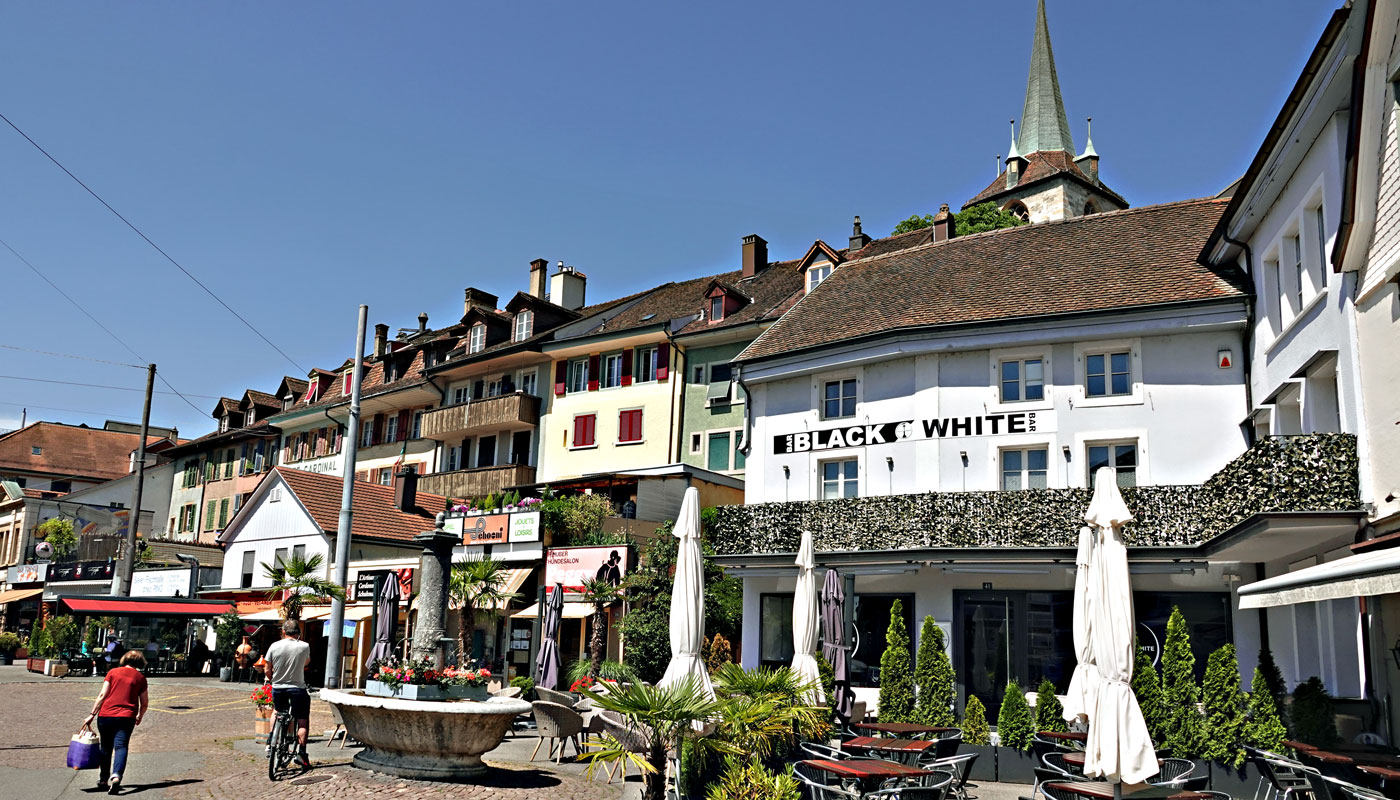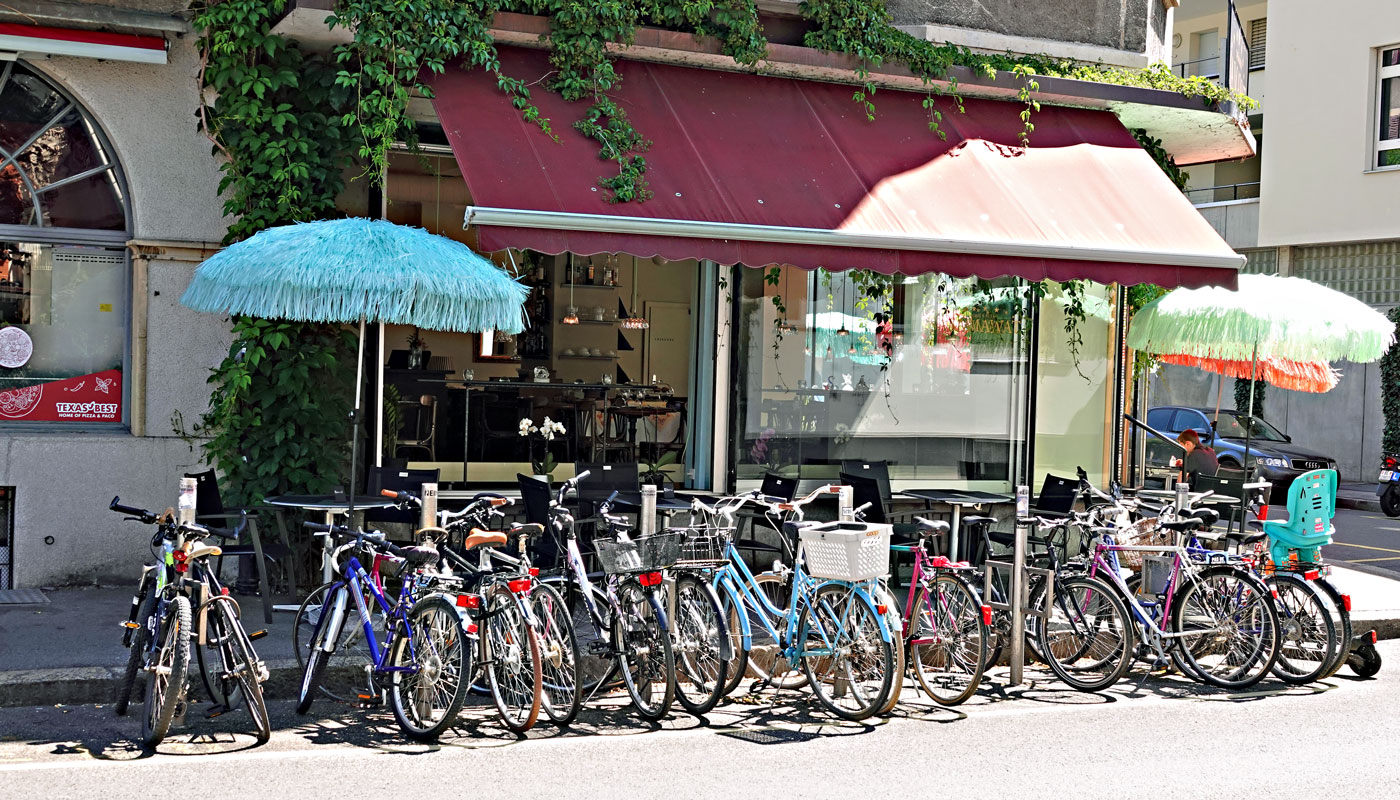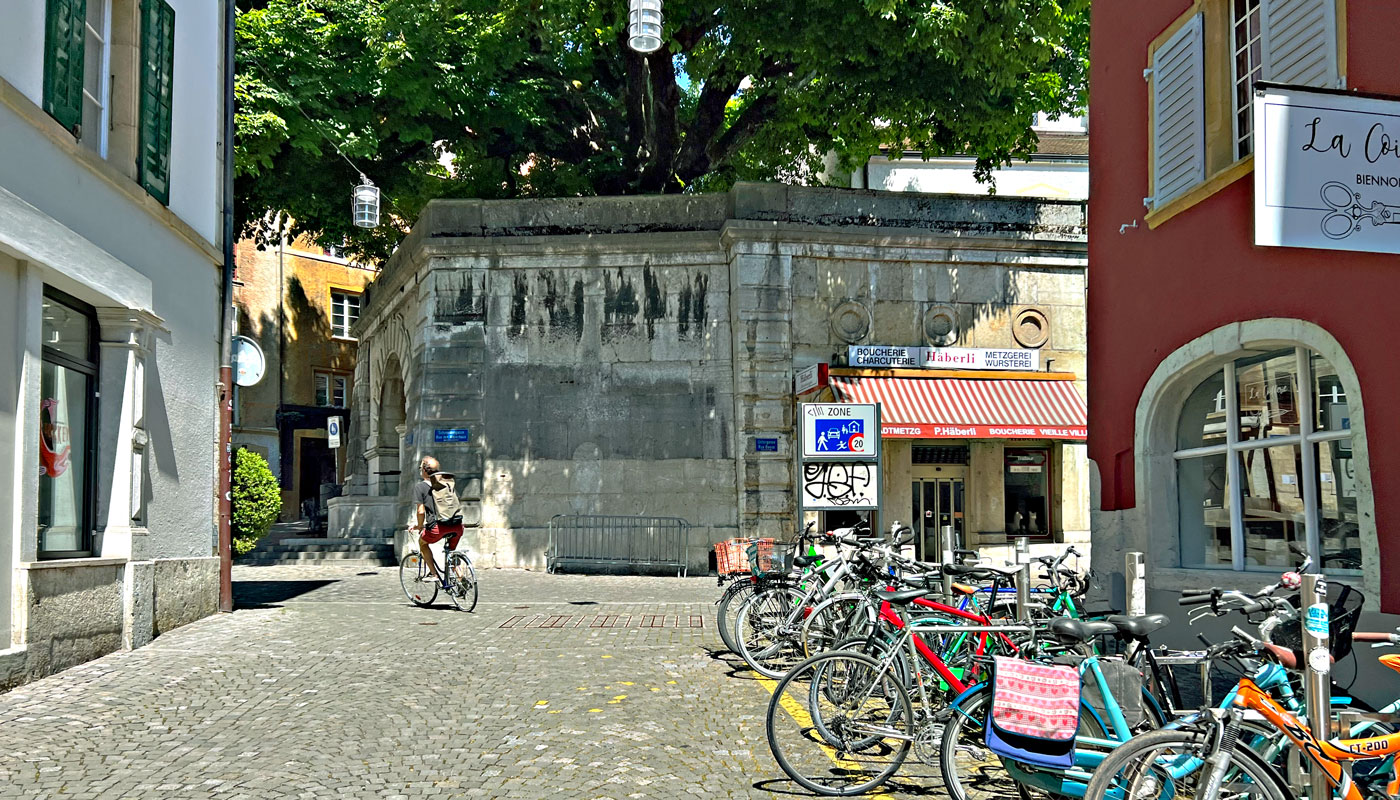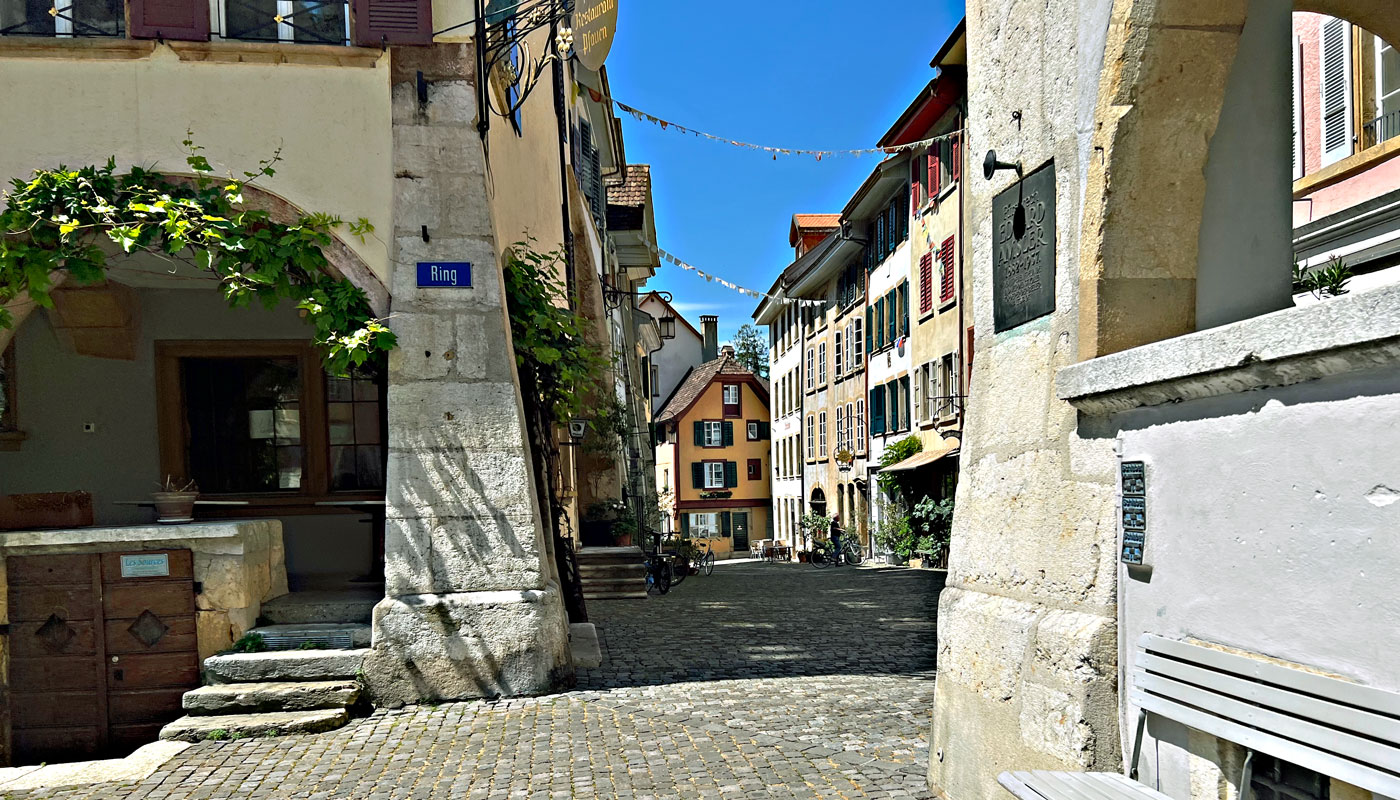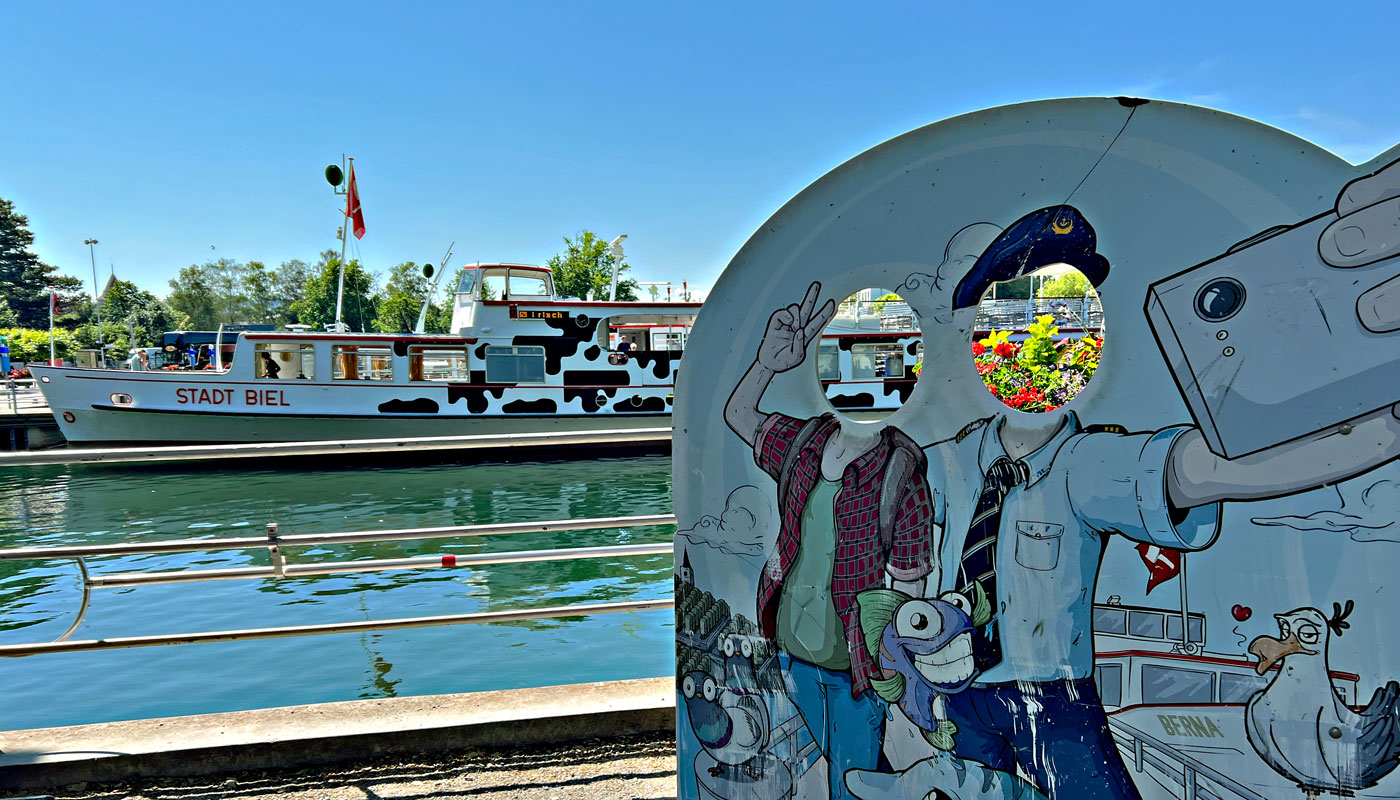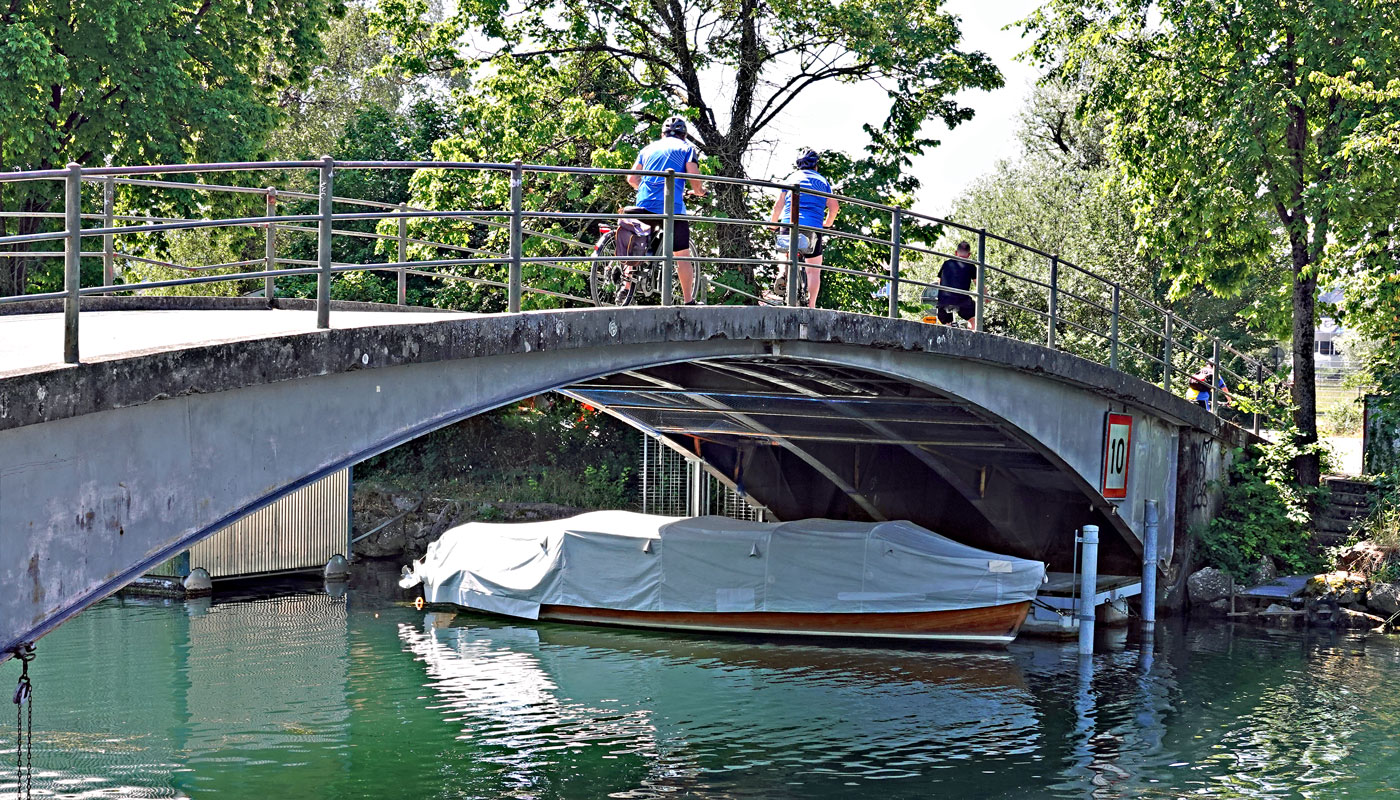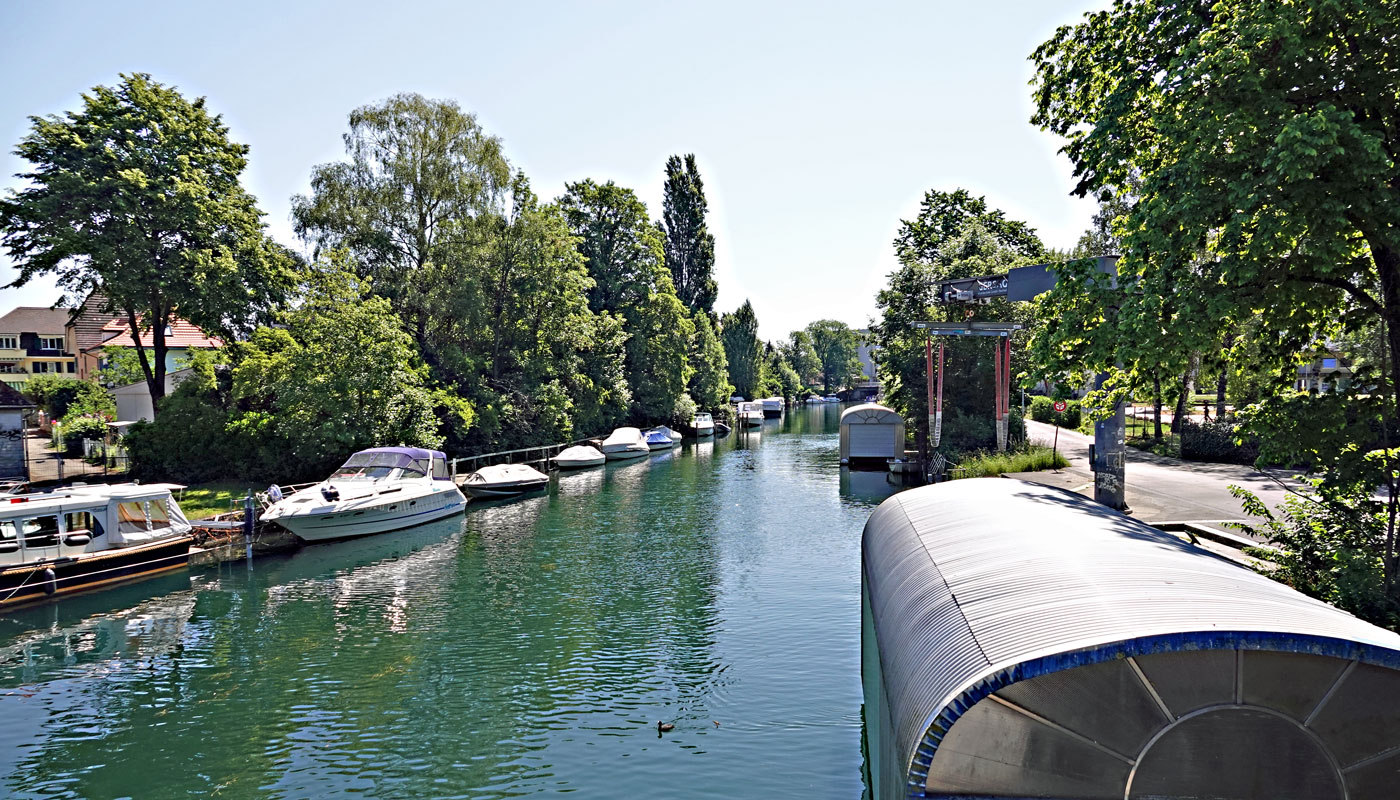Schulen Biel: Information about education, training and continuing education, further training Biel

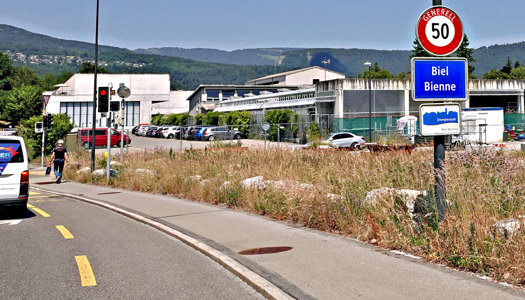
1. where is Biel located?
The city of Biel / Bienne lies on the northern edge of the canton of Bern at the southern foot of the Jura. Its location in the Three-Lakes Region and directly on Lake Biel gives the town its flair. The town center is slightly elevated to the lake level (429 m above sea level) at 434 m above sea level. The urban area also includes La Comtesse in the border triangle of Biel, Leubringen and Twann-Tüscherz, which lies 988 m above sea level. In addition to an excellently preserved old town with medieval structures, Biel is a homogeneous new town - especially in the station district. The old town lies to the north of the new town at the lower end of the slopes of the Jura foothills. The new town lies in the plain and is divided into a northern and southern part by the canalized branch of the Schüss. Due to its location in a warm climate zone, Biel enjoys a comparatively mild climate. As there are several Universities of Applied Sciences in Biel, the term "university town" is often used. The schools in Biel have a large catchment area and are of great regional importance.
2. how big is Biel?
Biel is the largest bilingual city in Switzerland, as German with a Bernese accent and French are spoken. Both languages have equal status in the city, so the street signs are also bilingual. The city has over 55,000 inhabitants, slightly more of whom speak German, and the catchment area is estimated at 150,000 people. The city stretches over 21.19 km2. The settlement area has grown together seamlessly with Brügg, Nidau and Port, so that there are only small areas of forest or open space left. In 1877, Biel was the second city after Geneva to have a tramway. The four tram lines were later replaced by trolley buses. Biel is the economic center for the Seeland, the Bernese Jura and the canton of Solothurn. The city is also an important center for the watch industry, with the headquarters of the Swatch Group, the production facilities of Rolex and the headquarters of the Federation of the Swiss Watch Industry. A quarter of all jobs are in the industry. Biel/Bienne is one of the most important watchmaking cities in the world, as other major watch brands and manufacturers as well as suppliers are based in Biel/Bienne. In 2002, Biel/Bienne was part of Expo.02, after which a flurry of construction activity began, including racing renovations, underground parking garages with a parking guidance system, pedestrian zones, parks, a sports complex and residential and commercial buildings. As the educational center of the Seeland and the Bernese Jura and thanks to its bilingualism, Biel has an above-average range of schools.
3. how accessible are the schools in Biel/Bienne by public transport?
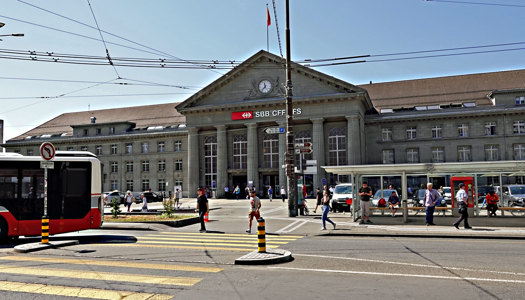
Switzerland's most important west-east rail link runs from Geneva through Biel and Olten to Zurich and St. Gallen. You can also take the express train to Bern and the Jura line to Basel. The starting point for transport connections in all directions is Biel / Bienne main station. Local transport is mainly operated by the Biel / Bienne public transport company. Postbus lines take you to the surrounding areas. Buses run from Bahnhofplatz to Zentralplatz, for example. Magglingen and Leubringen can be reached by funicular railroad. You can get to Solothurn by boat or even into Lake Murten via locks on Lake Neuchâtel. Getting to schools in Biel is very easy by public transport.
4 "Schools Biel": How do I travel by private transportation?
The city of Biel is well connected in all directions and is relieved of traffic thanks to the eastern bypass. The two-lane A6 highway connects Biel with Lyss and then Bern by highway. As the gateway to the Jura, the A16 highway connects Biel with Moutier, Pruntrut, Delsberg, Basel and the French town of Belfort. The A5 highway leads from Biel/Bienne to eastern and central Switzerland (Grenchen, Solothurn, Egerkingen, Jura, Neuchâtel, Bern). In the city of Biel there are numerous parking spaces with parking meters and pay stations as well as 9 multi-storey parking lots. Depending on the traffic situation and time of day, it is easy to get to schools in Biel/Bienne by car.
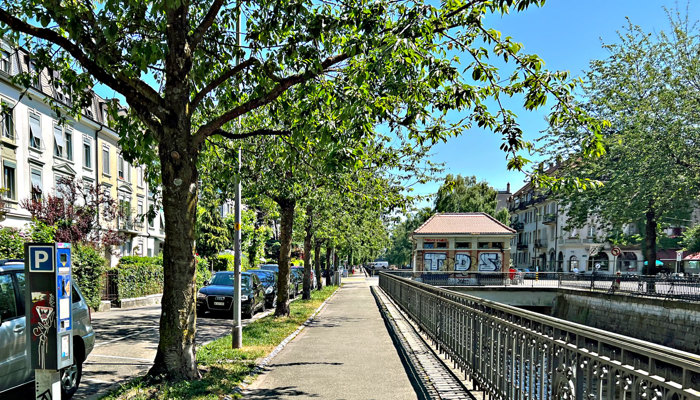
5 What schools are there in Biel/Bienne?
The city of Biel is divided into three school districts: Biel-Stadt, Madretsch and Mett-Bözingen. In addition to primary and secondary schools (some with dual-language classes), Biel is home to private schools, day schools, two grammar schools (bilingual Matura possible), parts of the Bern University of Applied Sciences (technology and computer science as well as architecture, wood and construction) and the Bern University of the Arts (opera, theater, rhythmics and Swiss Literature Institute), the Swiss Federal Institute of Sport Magglingen, the Swiss Federal Institute of Technology Magglingen, the Swiss Federal Institute of Technology Magglingen, the Swiss Federal Institute of Technology Magglingen, the Swiss Federal Institute of Technology Magglingen, the Swiss Federal Institute of Technology Magglingen, the Swiss Federal Institute of Technology Magglingen, the Swiss Federal Institute of Technology Magglingen and the Swiss Federal Institute of Technology Magglingen, Theater, Rhythmics and the Swiss Literature Institute), the Swiss Federal Institute of Sport Magglingen, the School of Design, vocational schools, colleges of Higher Education, schools for special needs education, adult education centers, language schools, music schools, a conservatory and training centers. The schools in Biel are certainly important in the Swiss education market.
6. what catering options are available at "Schulen Biel"?
The catering options for schools in Biel are varied: restaurants, cafés, canteens or take-away offers. Typical Biel specialties are Bigler meat products. Treberwurst, Biel-style fish preparations, Bielersee Knusperli, sweets from Chocolaterie Langel (truffles, pralines, Altstadtpflastersteine and Seeländerlis), fruit cake, tarte flambée and wine.
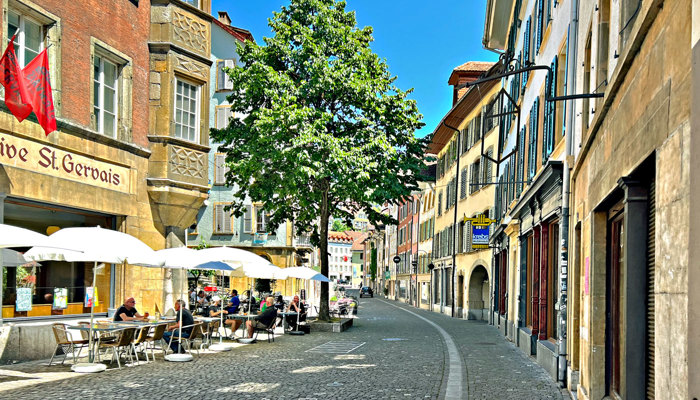
7 What is there to discover after class?
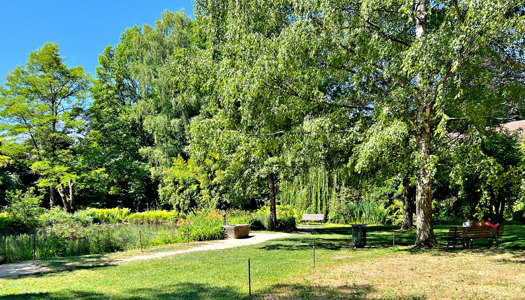
in Biel
Located at the eastern end of Lake Biel, the city of Biel has the charm of bilingualism and a laid-back mentality. The high-rise buildings on the lake and modern buildings characterize the modern part of the city. There are 100 fountains in Biel/Bienne. The old town is a gem with Roman origins and is Biel's jewel. The charming, well-preserved historic center has small alleys, beautiful fountains, cozy terraces and old guild houses. The largest fruit and vegetable market in the region takes place several times a week on the Burgplatz. The lakeshore is an extensive recreational area with sports and leisure facilities, swimming and lake baths, boat harbors, playgrounds and green spaces. These well-known sights can be discovered after visiting the school in Biel:
- Fountains such as Engelsbrunnen, Vennerbrunnen and Gerechtigkeitsbrunnen
- Towers such as the Powder Tower, Semicircular Tower, Quadrangular Tower, Red Slate Tower (Mutti Tower), Archive Tower, Cage Tower and Clock Tower
- Museums such as the Omega Museum, Planet Swatch Museum and Nidau Castle Museum
- Bäsetörli
- Roman spring
- Art house
- Elfenaupark
- Pavilion Felseck
- Bowl island
- Grape Hole Gorge
- Zoo
